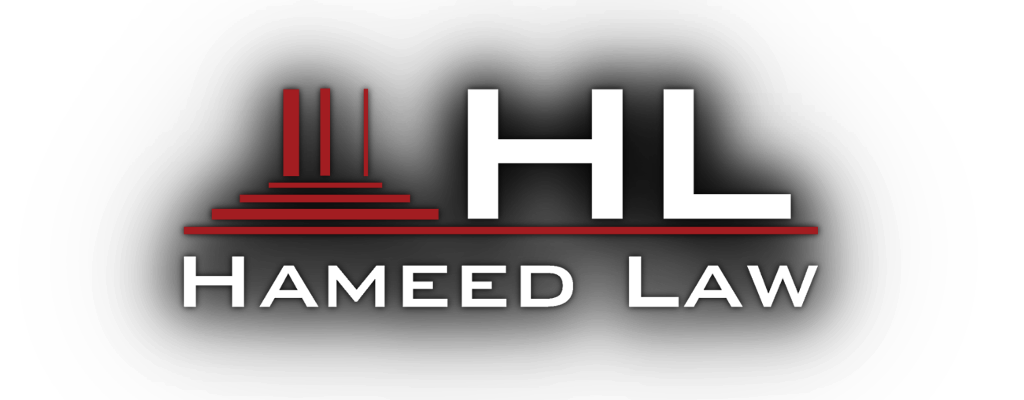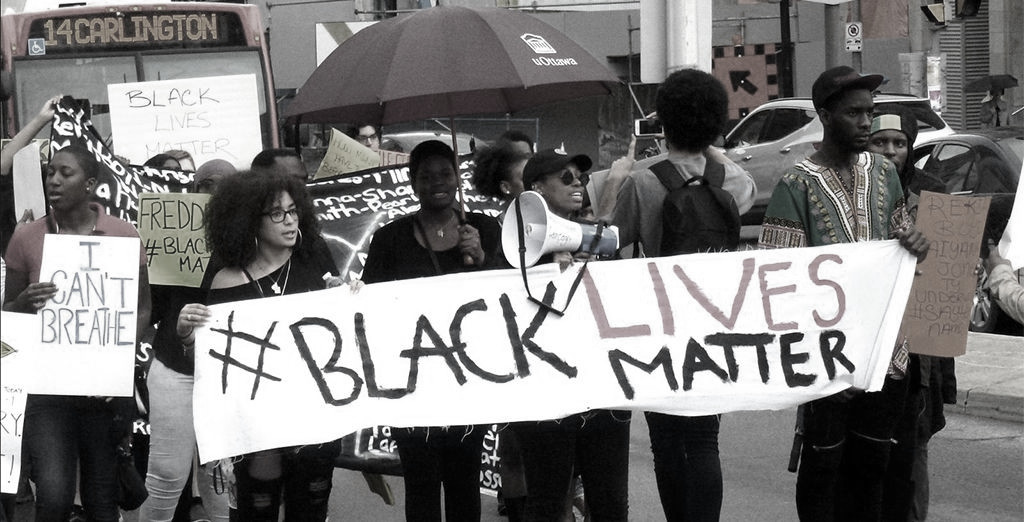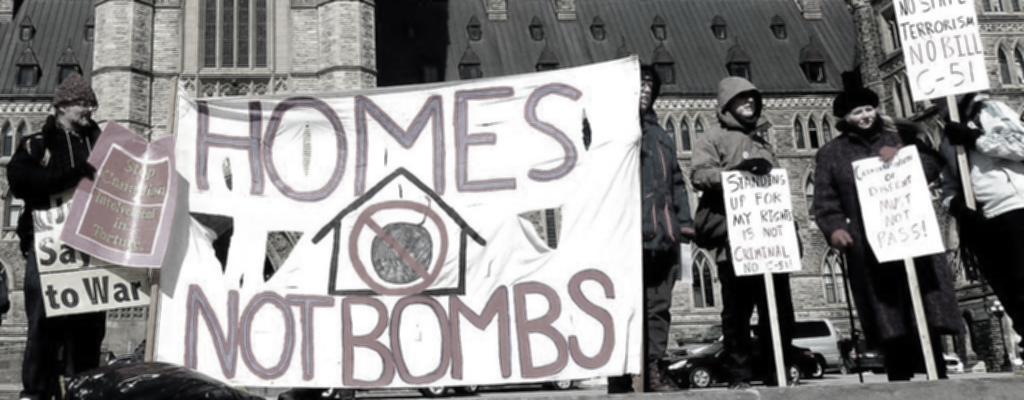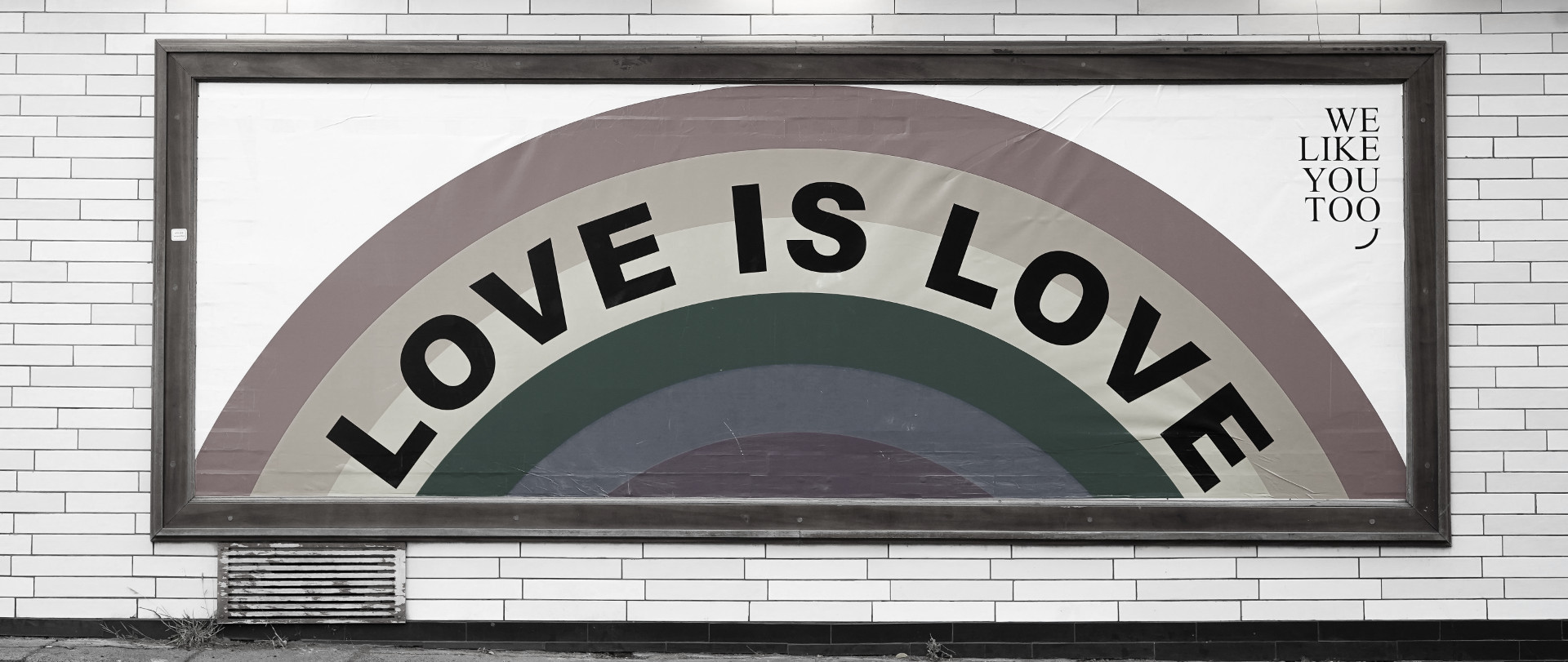
Getting Charter Compensation for Police Violence: Some Important Considerations
Holding the police to account for violating your Charter rights is an onerous process that is frustrated by systemic barriers that require a potential Plaintiff to be strategic in their approach. While it may appear that it is impossible to ever obtain justice through the civil process of redress, the existence of obstacles does not mean that civil litigation cannot be run effectively.

By Jonathan Carlson and Yavar Hameed
The recent deaths of D’Andre Campbell, Regis Korchinski-Paquet and Ejaz Choudry, among many others this year in Ontario, have reinforced longstanding concerns in respect of lethal policing of Indigenous and racialized (BIPOC) people in mental health crisis. It is also important to note in this context, all too commonly, that non-lethal encounters with police involving excessive force result in serious physical injury, mental suffering, humiliation and disruption of lives. What redress does the public have in response to these common incidents of police violence?
An aggrieved person can seek remedy through internal and independent police reviews, and in exceptional cases, public inquiries. Additionally, monetary compensation can be pursued through civil courts; however, the outcome of civil redress is frustrated by structural barriers. Notably, the compensatory function of the courts includes a common recognition of the role of the police in protecting society and property from harm. This perspective privileges the actions of the police, while it carefully scrutinizes the social context and evidentiary frailties of the cases brought by those who are harmed by their actions. Civil litigation against the police is a cost intensive process against a Defendant that, without exception, has deep pockets. Police services are protected by lawyers who are well practiced in raising procedural and evidentiary defenses to liability claims resulting from the daily use of physical force by police officers in Canada.
For any prospective litigant, it is important to be mindful that losing a civil claim will also result in paying the legal costs of the opposing side, which may quickly amount to several thousand or tens of thousands of dollars. Accordingly, those who have been harmed by intentional or negligent police action must consider the financial and systemic obstacles posed by litigation, as these will impact upon a Plaintiff’s choice of procedure and pursuit of justice.
Police Reviews and Civil Actions
Police reviews generally relate to whether officers have breached their own ethical standards as opposed to determining civil responsibility of police for injuring a civilian. There is an inherent public interest in determining whether the police have acted ethically in a given situation; however, a complainant should be aware of the challenges in pursuing a police complaint. If a complaint is found to have merit it may proceed to an adjudicative hearing where officers are vigorously represented in an adversarial forum like a court. In this context, the process of police review may be a lengthy one that requires adequate legal representation for the complainant; however, it offers no mechanism for compensation of legal counsel. This complexity of the review process in turn poses a barrier to counsel taking on representation unless it is done for free or in conjunction with a parallel proceeding where costs recovery is possible.
Public inquiries may be ordered by the province or federal government where a determination of the matter at issue is deemed to have sufficient public interest; however, the effectiveness of the inquiry will largely depend upon its terms of reference and mandate. Because the decision to commence an inquiry is a political one, it is not an automatic right that an aggrieved person has to seek accountability in contrast to a police or civilian review, which is generally available to the public for any alleged inappropriate conduct of police.
On the plus side, the police review process does not expose the complainant to costs if the complaint is unsuccessful and is therefore more economically accessible than civil litigation. However, the result of the review process will not automatically determine the outcome of a civil claim and, conversely, a negative outcome of the complaint could be used by the police service to suggest that their behaviour meets civil standards of lawfulness. It is important to be aware, as well, that reviews conducted by the same police body (or its own Police Chief) of the involved offending officer may lack sufficient objectivity or independence to be able to critically review potential instances of Police misconduct. The choice of whether to engage in a police complaint deserves careful thought and should be assessed in the context of what one’s personal and broader objectives may be in seeking a remedy for the harm caused.
Economic Challenges
Civil claims are expensive and time consuming. Police lawsuits, in particular, raise complex legal and factual issues in relation to the use of force. This makes them challenging for people to mount without significant disposable income or assets to hire a lawyer and to pay legal costs of the opposing party if they are unsuccessful. The complexity of cases, including unavailability of direct or video evidence of police violence, poses serious challenges for building the evidence critical to demonstrating a credible case. Though legal costs may be awarded by a judge in favor of a successful Plaintiff, these awards vary and are never guaranteed.
Evidentiary Challenges in Mounting a Civil Case Against Police
It is vital to the success of any claim that any injuries sustained from the actions of a police encounter be documented. This is best achieved through seeking medical treatment immediately after the incident.
Video recordings of the police interaction are always ideal, but the world is not an ideal place and the spaces in which police violence occur are not recorded or deliberately chosen because of their location outside of public view. It is lawful to film police conduct where it does not obstruct or interfere with an arrest. In this regard, there is also no lawful authority for the police to request you cease recording an incident or that you delete any recorded evidence of a police encounter. However, video or images may lawfully be requested and copied by investigating officers whether on scene or subsequently.
Where video evidence is not available, the allegations of violence will normally be disputed by the Police in court or justified as being reasonable force in the context of an arrest.
Force Used During Arrest
Reasonable force involves a subjective-objective assessment by a Court that is determined by considering multiple factors during the dynamic process of an arrest or detention including the officers subjective belief in the necessity of the force. Notably, police are legally entitled to engage in an arrest where the cause of arrest can be justified on “reasonable and probable grounds”. This standard shows great deference to the actions of the police and is determined with regard to what the officer thought at the moment of arrest, and not strictly as a function of what is later found to be the objective facts relating to the incident.
In contexts where an incident of police violence is not video recorded, the oral testimony of police officers will generally be afforded more weight by a judge than the testimony of a civilian. While there is no legal presumption that police officers are telling the truth when they testify in their own defense, there are numerous legal justifications that exist for the use-of-force by Police officers as a normal part of their employment. These are reinforced by the Criminal Code, the stature of the police service in question and its expected adherence with ethical standards of policing.
Within this grossly asymmetrical relationship, police often charge a person with assault, resisting arrest or escaping lawful custody where there is physical contact that results in injury to a Plaintiff – regardless of whether there are reasonable grounds to establish such charges. For example, the violent arrest of Chief Allan Adam by the RCMP in March 2020 in Fort McMurray Alberta fits this model as he was charged with resisting arrest despite allegations of excessive force being used in the arrest. Significantly, the implications of the criminal charge may, in turn, strategically deter a person from pursuing civil redress down the line.
Availability of Charter Damages
Under section 24(1) of the Charter, the Supreme Court of Canada has recognized the availability of Charter damages for the purposes of compensation, vindication and deterrence. Any award must be connected to these purposes.
Courts in Canada avoid granting multiple remedies for Charter violations, this means that if you rely on a Charter breach to exclude evidence against yourself in a Criminal matter (i.e. for example, you were illegally search and the evidence they found was excluded), it is unlikely that a civil court will give a monetary award for the same Charter breach.
The “Quantum” or amount of damages awarded is also limited based on the notion that diverting large amounts of public funds ought to be avoided for the sake of “Good Governance” and the “public perspective”.
Limited Range of Compensation
The compensation awarded to a Plaintiff for Charter damages in a case where a person is injured by police will turn on its own facts. There is no exact science to assessing damages. Accordingly, there is no upper limit as to what one may theoretically claim for damages stemming from a Charter violation as there is considerable subjectivity in putting an exact value on the violation of someone’s inherent dignity and fundamental rights. However, in practice it is important to recognize that the range of damages that successful plaintiffs have obtained through hard fought litigation against the police is quite limited. Some instructive examples include the following:
• Failure to Inform Detained Individual of Right to Counsel – $500
• Illegal Search/Detention at Protest - $500
• Wrongful Arrest/Search - $5000
• Illegal Strip Search - $5000
• Placed in a holding cell while naked for several hours - $7,500
• Unlawful Entry and Arrest - $7,500 for Charter Damages
Litigate Strategically
Holding the police to account for violating your Charter rights is an onerous process that is frustrated by systemic barriers that require a potential Plaintiff to be strategic in their approach. While it may appear that it is impossible to ever obtain justice through the civil process of redress, the existence of obstacles does not mean that civil litigation cannot be run effectively.
There are some key factors for potential litigants to consider when determining an effective litigation strategy. Although the battle may be uphill, with an informed approach and careful assessment of available evidence and legal options, the process of litigation can be streamlined. Here are some important considerations to keep in mind:
1. Due to the complexity of the civil litigation process, and the above-noted structural barriers it is important to research your options and get appropriate legal advice before initiating a legal claim.
2. Decide whether it is beneficial to pursue a police complaint in your case. In some instances, a police complaint may be a digression from civil accountability for police. Recall that the review process offers no monetary compensation. Here, it is also important to consider whether the reviewing body is independent from the police service under scrutiny and to review your personal and systemic interests in pursuing a remedy.
3. Navigating criminal charges and a civil claim is a complex area. Be mindful of limitation periods for commencing a notice of civil action. However, it is important to address criminal charges as a priority as these may lead to a permanent criminal record in the case of conviction.
4. Obtaining an exclusion of evidence or stay of proceedings in a criminal context does not mean that the result will translate automatically into a damages award in a civil context. Be prepared for an adversarial case against the police in any scenario where charges have not been withdrawn or there is no acquittal.
5. Evidence in the form of video, audio or eyewitness testimony is extremely important to the success of a civil claim against the police. While it is possible to convince a court of the fact that you have been the object of unlawful and excessive force without such evidence, it is extremely difficult to prove in a context where the privilege of police affords them significant credibility.
6. Given the limited range of Charter damages for common non-lethal injuries from police violence, consider initiating a claim in Small Claims Court, where the limit of damages has now been increased to $35,000. Here, costs exposure for an unsuccessful party is also normally limited to a maximum of $5,250 (i.e. 15% of the maximum value of a claim).
7. Prior to launching your case, consider doing a freedom of information request to the police service concerned to obtain all records relating to the incident and any notes or occurrence report relating to the incident. This will be important to develop a clear picture of any inconsistency in internal police reporting of what transpired.
8. Where a discovery process is available make sure to make a request for all records of the police relating to the incident including statements in the possession of police of witnesses. Where there is public evidence of prior misconduct of the concerned officer, try to seek an order for disclosure of these disciplinary records.
9. Whether initiating a claim in Small Claims Court or in the (higher) Superior Court of Justice, take care to line up your documentary evidence regarding injuries, witness testimony or other reports of the incident. If the incident occurred in a public space, consider using social media to find potential witnesses to the incident who may have recorded it.





